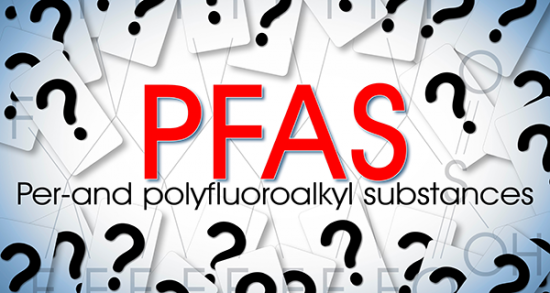The original regulatory time framework announced by ECHA in 2022 on the PFAS restriction indicated that at the end of Q1 2024, there would be an initial response concerning the public consultation submissions that closed in September of last year. There is a great deal of conjecture about whether ECHA will adhere to this timetable but as of yet, their news platform remains generally quiet, and certainly no comment on extending the timeframe.

On the whole, there has been little movement or news since the scramble to produce our own Socio Economic Analysis other than approaches being made to various national government bodies. ECHA’s own Enforcement Forum debated the enforceability of the proposal in terms of a legal, cost, and practical perspective, and the simple overview is that it looks to be fraught with difficulties. You can read their comments here and those of Plastic Europe.
We are pleased to confirm that Nicolas Robin will join us at the AGM in April to present an overview of how Plastics Europe/Fluoropolymers Group view the current PFAS situation and likely scenarios.
In the January release of the FFp4EU newsletter, the spotlight was centred around one of the ESA case studies on the use of Fluoropolymers in the aerospace industry alongside another case study concerning how PFAS are used in the production process of medication and vaccines. Hydrogen Europe also received a response from the EU to a joint letter that we were involved with, highlighting the need to recognise the important role the Fluoropolymers play in this rapidly developing industrial sector.
FPP4EU, a sector group of Cefic, have set up a Collaboration Platform on varied applications and uses of PFAS. They will hold an online workshop on “Best practices around the globe on PFAS” on April 18 and 19. For more information, visit the FPP4EU website, where you can get in contact with FPP4EU to join the Collaboration Platform.
A recent study by the Thinktank Industrial Resource Strategies group has utilised an in-house algorithm, merged this with an AI search, and then had the potential PFAS substitution options reviewed by technologists. Five applications were chosen in the study, one of which specifically relates to seals and hoses used in the automotive industry. The outcome of the analysis on the potential for substitution in the automotive industry can be found in 5.2.2. The overall conclusions make for interesting reading with no great surprises, but the approach to the study is quite unique.
